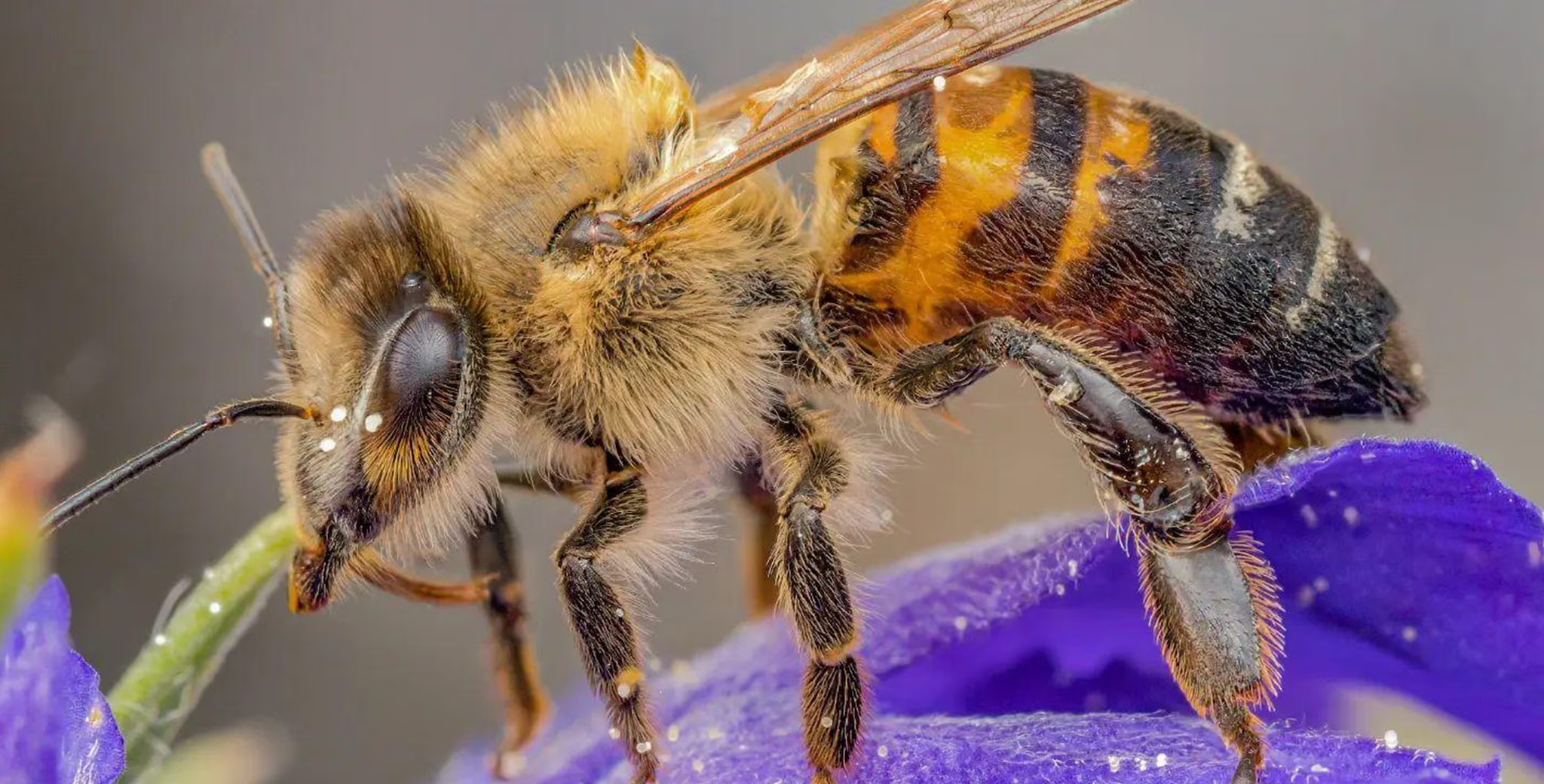preahvihearhotel.com – Bees, with their distinctive buzzing sound and vital role in pollination, are far more than just honey producers. They are essential components of healthy ecosystems, playing a crucial role in agriculture and the natural world. This article delves into the fascinating world of bees, exploring their diverse species, complex social structures, vital ecological functions, and the challenges they face.
Diversity of Bees: More Than Just Honeybees
While honeybees are perhaps the most well-known, the bee family is incredibly diverse, encompassing over 20,000 known species worldwide.
- Honeybees (Apis mellifera): These are the primary honey producers and are widely managed for pollination services.
- Bumblebees (Bombus spp.): These fuzzy, larger bees are also important pollinators, particularly for certain crops.
- Solitary Bees: The majority of bee species are solitary, meaning they don’t live in colonies. These bees nest individually in the ground or in cavities.
- Other Bee Families: This includes mason bees, leafcutter bees, carpenter bees, and many others, each with unique characteristics and ecological roles.
Social Structure: The Hive Mind
Honeybees and some bumblebees exhibit complex social structures known as eusociality.
- The Queen: The queen bee is the reproductive center of the colony, laying all the eggs.
- Worker Bees: These are sterile female bees that perform all the tasks necessary for the hive’s survival, including foraging for pollen and nectar, building and maintaining the honeycomb, caring for the brood, and defending the hive.
- Drones: Male bees, or drones, have the sole purpose of mating with the queen.
The Importance of Pollination: A Vital Ecosystem Service
Bees are crucial pollinators, transferring pollen between flowers, which is essential for the fertilization of plants and the production of fruits, vegetables, and seeds.
- Agriculture: Bees pollinate a significant portion of the world’s crops, contributing significantly to food security.
- Ecosystem Health: Wild bees play a critical role in maintaining the biodiversity of natural ecosystems by pollinating wildflowers and other wild plants.
Honey Production: A Sweet Reward
Honeybees produce honey from nectar collected from flowers.
- Nectar Collection and Processing: Worker bees collect nectar and store it in their honey stomachs. Enzymes are added, and the nectar is repeatedly regurgitated and dehydrated until it becomes honey.
- Honeycomb Storage: The honey is then stored in honeycomb cells, which are capped with beeswax for preservation.
Communication and Navigation: The Waggle Dance and More
Bees possess sophisticated communication and navigation skills.
- The Waggle Dance: Honeybees use a unique form of communication called the waggle dance to inform other bees about the location and distance of food sources.
- Navigation: Bees use a combination of the sun’s position, landmarks, and the Earth’s magnetic field to navigate.
Threats to Bee Populations: A Cause for Concern
Bee populations around the world are facing numerous threats.
- Habitat Loss: The destruction of natural habitats reduces the availability of foraging resources and nesting sites for bees.
- Pesticide Use: Neonicotinoids and other pesticides can have harmful effects on bees, including impaired navigation, reduced foraging ability, and colony collapse.
- Parasites and Diseases: Varroa mites, tracheal mites, and various diseases can weaken and kill bee colonies.
- Climate Change: Changes in temperature and precipitation patterns can disrupt bee foraging and nesting cycles.
Conservation Efforts: What Can Be Done?
Protecting bee populations requires a multi-faceted approach.
- Creating Bee-Friendly Habitats: Planting diverse wildflowers and providing nesting sites can support bee populations.
- Reducing Pesticide Use: Using integrated pest management strategies and avoiding the use of harmful pesticides can protect bees.
- Supporting Sustainable Agriculture: Supporting farming practices that promote biodiversity and protect pollinators is crucial.
- Research and Monitoring: Continued research and monitoring of bee populations are essential for understanding and addressing the threats they face.
Conclusion: Protecting Our Buzzing Friends
Bees are vital to our ecosystems and food security. By understanding their importance and taking action to protect them, we can ensure a healthy future for both bees and ourselves. Their intricate societies, crucial pollination services, and fascinating behaviors make them a truly remarkable group of insects deserving of our respect and protection.
